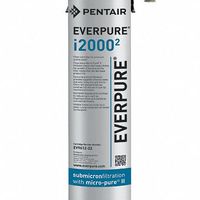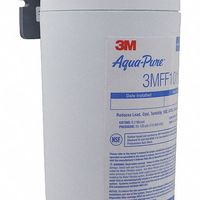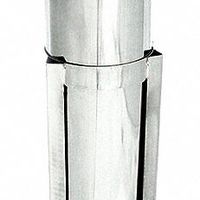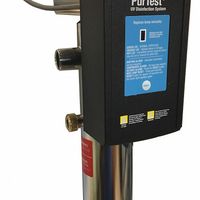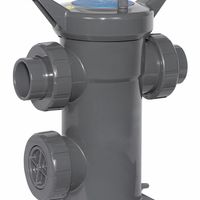Water Filtration & Purification Systems
Water filtration and purification systems clean and purify water making it safe for drinking, appliances, food and beverage processing, and manufacturing. Water filtration systems reduce a wide range of contaminants and particulates including volatile organic compounds (VOCs), sediment, rust, scale, .....Read More
Frequently Asked Questions
What are the best water filtration systems for home use?
How do water filtration systems work?
What contaminants do water filters remove?
How often should I replace my water filter?
What is the difference between water filtration and water purification?
Are water filtration systems worth the investment?
How do I choose the right water filter for my needs?
Can water filters remove bacteria and viruses?
What maintenance is required for water filtration systems?
How do I know if my water filter is working properly?
